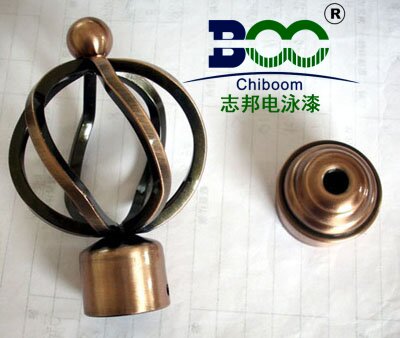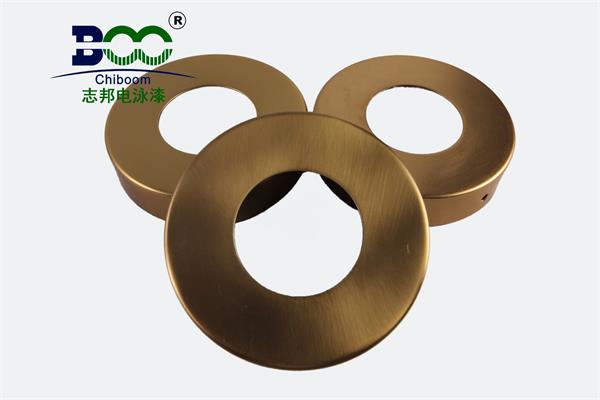What is the density of electrophoretic paint?
In the field of modern industrial coating, electrophoretic paint, as an efficient and environmentally friendly surface treatment technology, is increasingly attracting widespread attention. The density of electrophoretic paint, as a key parameter for measuring its physical properties and coating effects, plays a crucial role in ensuring coating quality, optimizing coating processes, and enhancing product performance. Recently, we conducted an in-depth exploration of the density characteristics of electrophoretic paint, aiming to reveal the scientific mysteries behind this high-performance coating material to our readers.
Electrophoretic paint, as its name implies, is a surface coating technology that combines electrical and chemical principles. Its basic principle involves using an electric field to cause charged paint particles to deposit on the surface of a workpiece to form a coating. The density of electrophoretic paint, typically referring to the mass per unit volume of electrophoretic paint, is an important indicator for measuring its physical properties. According to industry standards and practical experience, the density of electrophoretic paint generally ranges between 1.2 and 1.8g/cm³, with specific values depending on various factors such as the composition of the electrophoretic paint, formulation ratios, and production processes.

The density of electrophoretic paint is closely related to its coating effects. On the one hand, electrophoretic paints with higher densities often contain more solids, such as pigments and resins, which can more effectively deposit on the surface of the workpiece under the action of an electric field to form thicker and denser coatings. This type of coating not only exhibits higher corrosion resistance and abrasion resistance but also significantly improves the service life and appearance quality of the product. On the other hand, the density of electrophoretic paint also affects energy consumption and costs during the coating process. Electrophoretic paints with excessively high densities may result in reduced coating efficiency, increased energy consumption, and higher waste treatment costs during the coating process. Therefore, in the research and development (R&D) and production processes of electrophoretic paint, it is necessary to comprehensively consider its density characteristics to achieve the best balance between coating effects and economic benefits.
To accurately determine the density of electrophoretic paint, specific gravity meters or methods of measuring the weight and thickness of electrophoretic coatings are commonly used. These methods have the advantages of simple operation and accurate results, providing reliable data support for the R&D, production, and application of electrophoretic paint. Meanwhile, with advancements in technology and the development of the industry, more and more advanced technologies and equipment are being applied to the determination of electrophoretic paint density, such as high-precision specific gravity meters and automated measurement systems. The application of these technologies further improves the accuracy and efficiency of electrophoretic paint density determination.
In the application fields of electrophoretic paint, such as automobile manufacturing, home appliance production, and architectural decoration, the density characteristics of electrophoretic paint play a vital role in ensuring product quality and performance. For example, in the automobile manufacturing industry, the density of electrophoretic paint directly affects the thickness, uniformity, and corrosion resistance of the body coating, which in turn affects the appearance quality and service life of the automobile. Therefore, when selecting electrophoretic paint, automobile manufacturers usually conduct strict checks on its density characteristics to ensure that the coating effects and product quality meet standard requirements.
In summary, the density of electrophoretic paint is a crucial indicator for measuring its physical properties and coating effects. In the R&D, production, and application processes of electrophoretic paint, it is necessary to comprehensively consider its density characteristics to achieve the best balance between coating effects and economic benefits. Meanwhile, with advancements in technology and the development of the industry, the determination methods and application fields of electrophoretic paint density will continue to expand and improve, injecting new vitality and momentum into the development of the coating industry.





 WeChat
WeChat